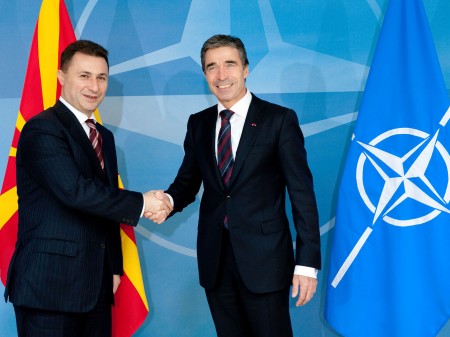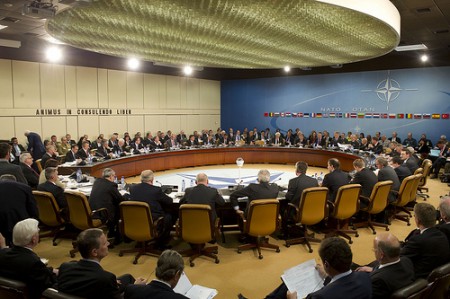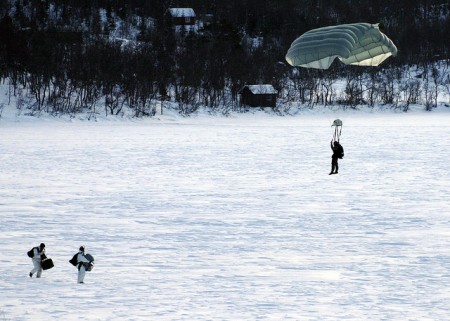
The first visit of US Secretary of State John Kerry to Afghanistan last month underscored the changing nature of Western involvement in the country. Kerry, among other important discussions, finalised the transfer of the Parwan detention centre over to Afghan authorities. The centre has long been a symbol of the Afghan government’s demands for national sovereignty, and the transfer is indicative of a larger shift, which will see the NATO International Security Assistance Force (ISAF) withdraw by the end of 2014.
In the context of this reorientation away from Afghanistan, now is a critical time for Europe to re-evaluate its priorities. The situation at home should give it pause, with economic and political turmoil roiling the continent, and the European project of enlargement – once advanced under the optimistic banner of “Europe Whole and Free” – largely stalled. Now is the time for the continent to recommit itself to the original sources of its strength – integration and cooperation.
In practice, this means that European institutions, rather than commit to decades of nation building in Asia, should recognise those countries at home that contribute positively to the European project, in terms of economic prosperity, political stability, and international security. A leading example of such a country is Macedonia, whose contributions to the European community have far outstripped its modest population. Yet the leaders of both NATO and the EU have allowed the economic crisis and petty internal conflicts to put the brakes on one of their core missions: the expansion of European institutions to qualified regional partners.



